Galicia, land of magical landscapes and deep-rooted traditions, hides among its green hills and Atlantic coast a series of villages that deserve to be known. In this article, we invite you to embark on the Camino de Santiago to discover the most charming villages of Galicia. Follow us and don’t miss the opportunity to explore these unique destinations along the Santiago routes that will captivate you at every step.
Betanzos, beyond its delicious gastronomy
In the heart of the English Way, we find Betanzos, a town of medieval origin and former capital of the Kingdom of Galicia. Nestled between the rivers Mendo and Mandeo, the “City of the Knights” stands out for hosting three small gems of Galician Gothic. The ensemble of the churches of Santiago, Santa María del Azogue, and San Francisco is a true stone museum, with unique capitals and tombs.
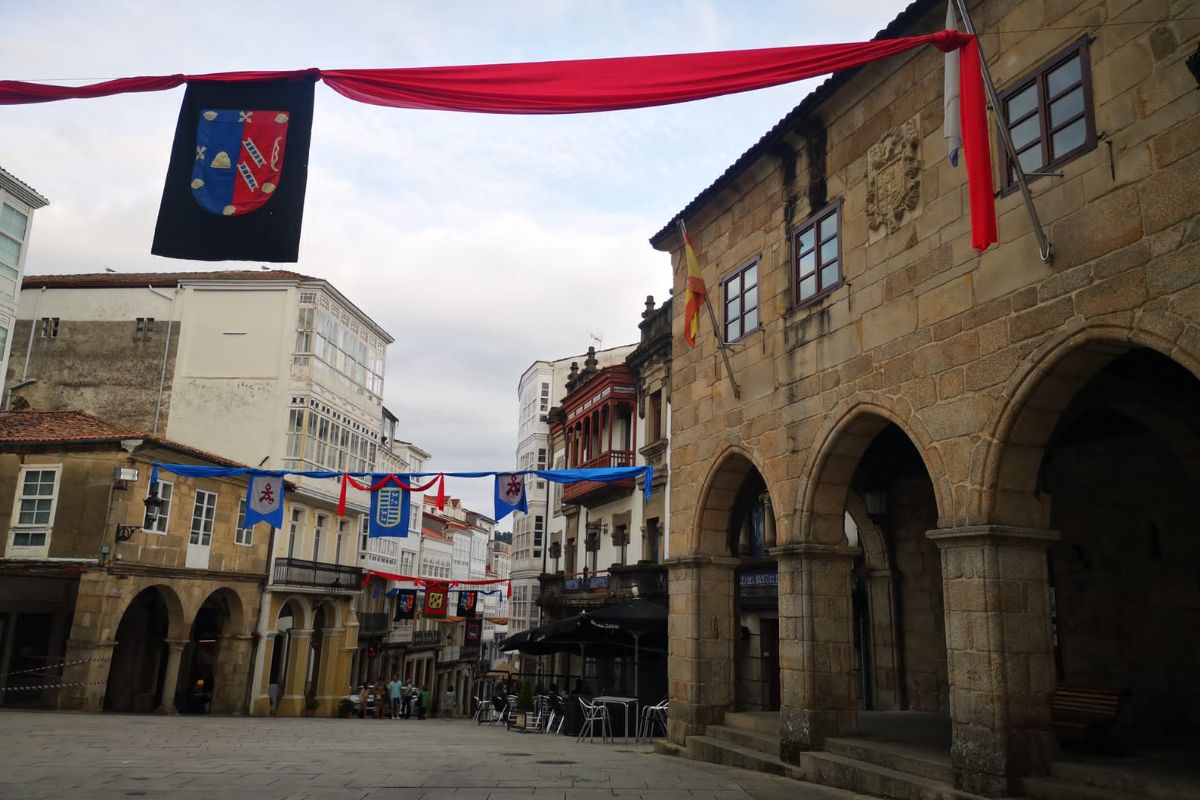
The old town of Betanzos takes center stage in its Medieval Fair.
Did you know that Betanzos is home to one of the oldest bread ovens in Spain and the oldest amusement park in Spain? O Pasatempo Park is an “encyclopedic park” conceived by the cosmopolitan García Naveira brothers, philanthropists and favorite sons of the city. In the square that bears their surnames, you can enjoy delicious gastronomy at the bimonthly popular fair and in the taverns under the arcades. Additionally, in July, do not miss the Medieval Fair, in August the hot air balloon, and in October, the Week of the Tortilla.
Combarro, land of hórreos
On the shores of the Ría de Pontevedra, Combarro, one of the most charming Galician villages, offers one of the most picturesque landscapes in Galicia. Every pilgrim deciding to do the Portuguese Way along the Spiritual Variant will have a pleasant surprise here.
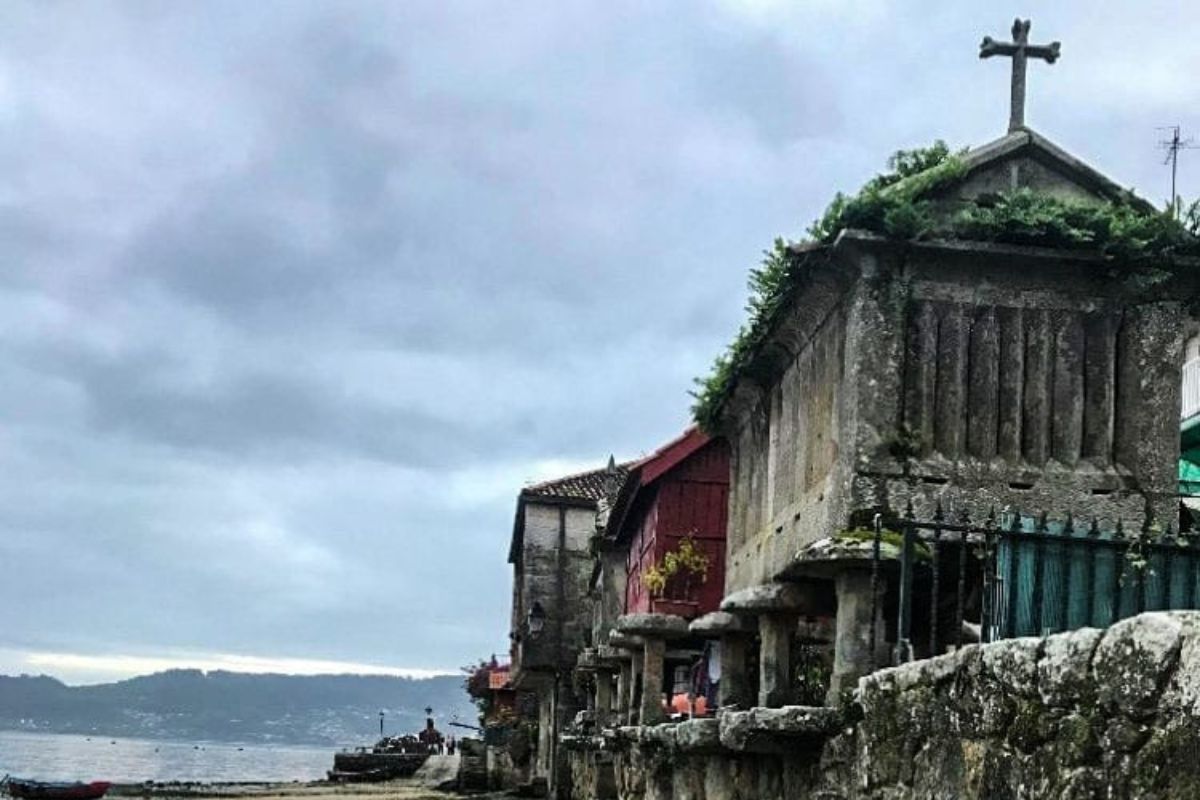
Combarro is adorned with horreos along the sea, making it one of the most charming villages in Galicia.
This fishing village, known by some as the “Galician Venice,” allows you to stroll through its narrow streets by the sea, dotted with hórreos and cruceiros. Moreover, on the terraces of its restaurants, you can savor the best fish and seafood from the Rías Baixas with beautiful panoramic views of the sea.
Muxía, where the world ends
Muxía, located on the Costa da Morte and on the Way to Finisterre, is a place where the world seems to find its end. Its majestic cliffs and mystical atmosphere will make you feel the connection between the land and the Atlantic Ocean. The pilgrim atmosphere in its port and small urban center makes it one of the most charming villages in Galicia and on the Camino.
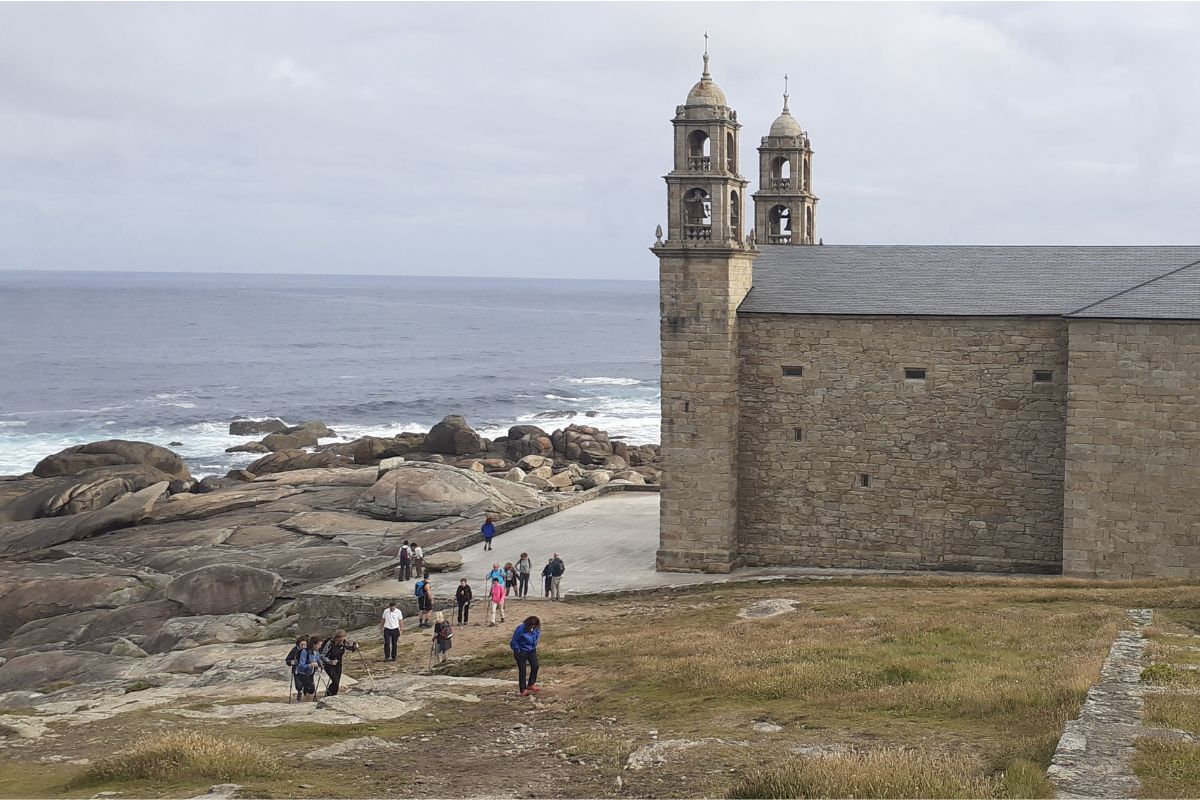
Every pilgrim on the Camino de Finisterre and Muxía visits the Sanctuary of Our Lady of the Boat.
The Sanctuary of Our Lady of the Boat bears witness to Jacobean legends and miracles, a symbol of spirituality in this magical corner of Galicia. The pilgrim reaches the end of the earth, the kilometer 0 of the Jacobean routes, and one of the most beautiful sunsets.
Tui, cradle of Baroque, Romanesque, and Gothic
Tui, with its old town of cobblestone streets, is an architectural gem embracing Baroque, Romanesque, and Gothic styles. Walking the Portuguese Way, the pilgrim enters Spain through this town, another of the ancient capitals of the Kingdom of Galicia.
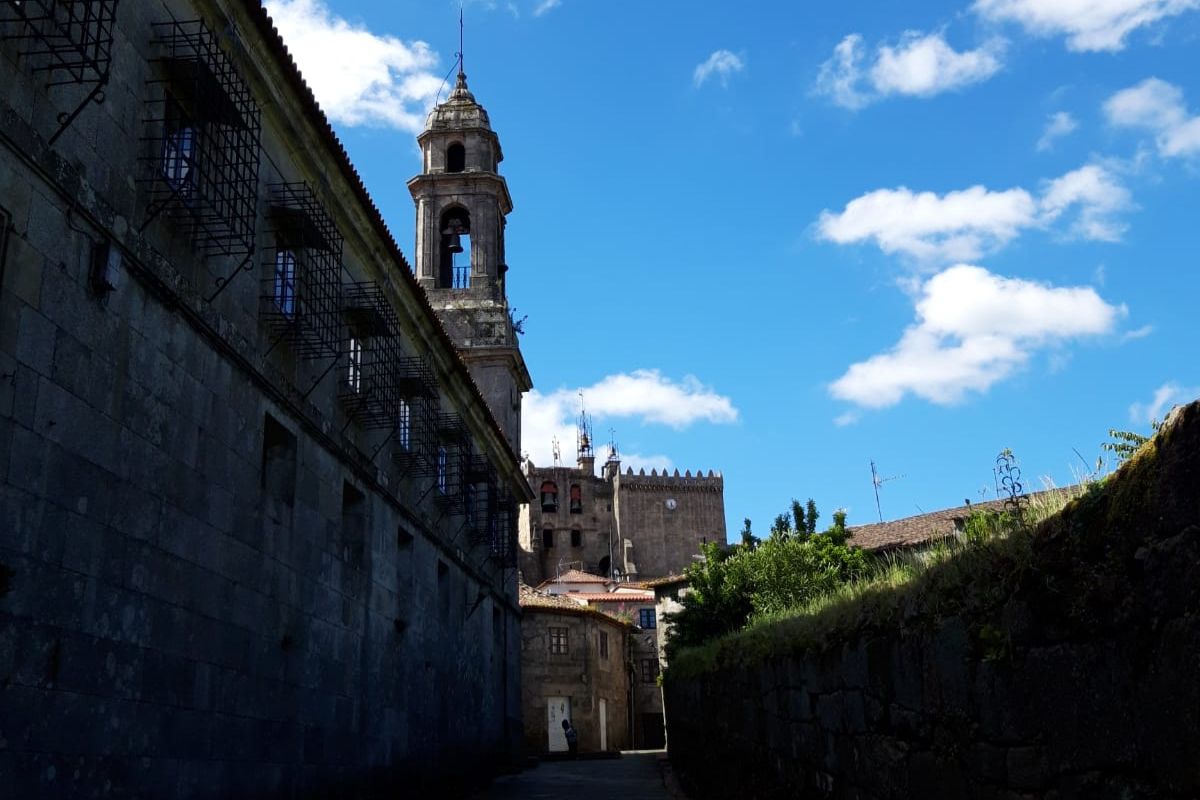
View of the cathedral and the Convent of the Clarisses in Tui.
Its impressive cathedral is one of the most important on the Camino de Santiago. Roaming its historically rich squares will transport you to past eras, where you can discover one of the few Jewish quarters in Galicia. Getting lost in its streets and tunnels like those of the Convent of the Clarisses makes it one of the most charming Galician villages.
Cambados, enchanted by its gastronomic richness
Located in the wine region of O Salnés and on the shores of the stuary of Arousa, Cambados is a paradise for good food and drink. Fefiñáns Square, with its medieval charm, is the perfect place to immerse yourself in the essence of Cambados. Its wineries offer tastings of Albariño wine (Denomination of Origin Rías Baixas), while its restaurants invite you to enjoy the gastronomic richness of Galicia.
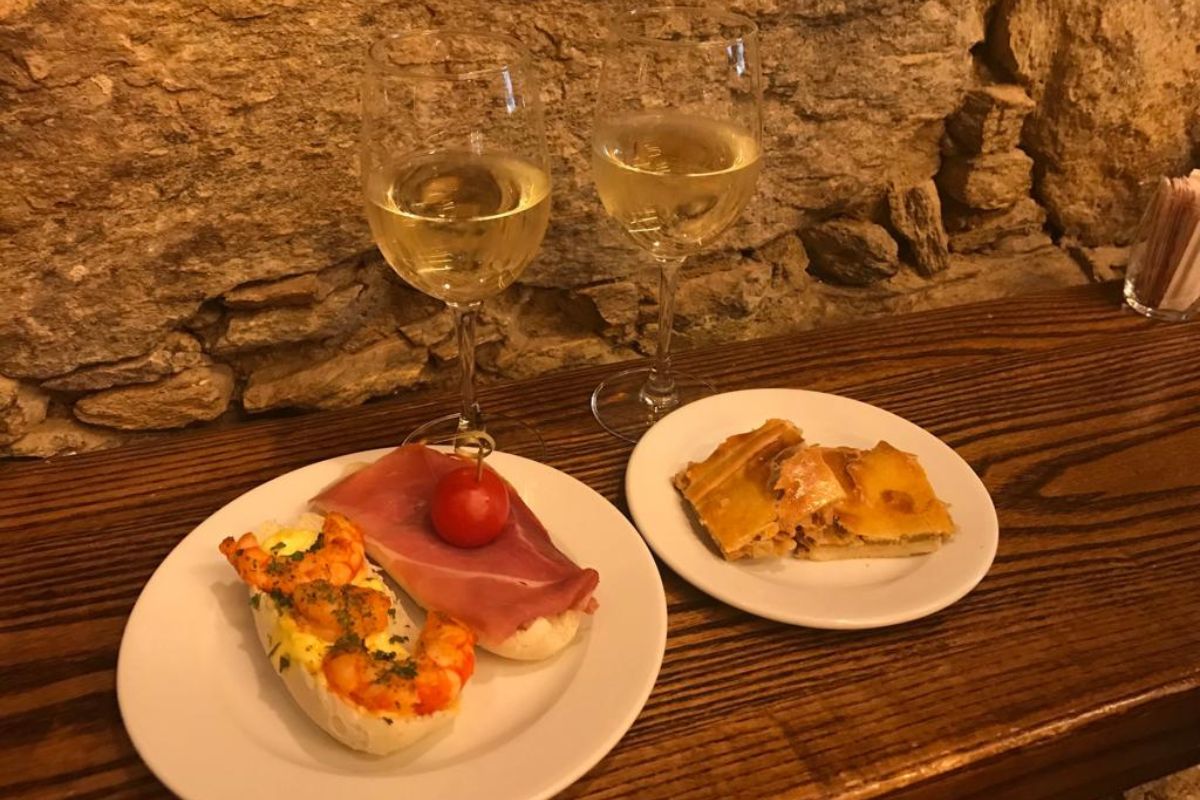
Albariño and tapas pair very well in Cambados.
Every pilgrim wishing to follow a wine route of the Camino de Santiago cannot overlook Cambados. Also situated on the route of Padre Sarmiento, August is the ideal month to visit this town and enjoy the Albariño Festival.
Discover the richness of the villages along the Camino de Santiago
These charming villages of Galicia are just a glimpse of the richness that awaits pilgrims along the Camino de Santiago. Each stop is an opportunity to immerse yourself in Galician culture, history, beauty, and gastronomy. Are you ready to discover the magic of the most charming villages of Galicia through the Camino de Santiago?

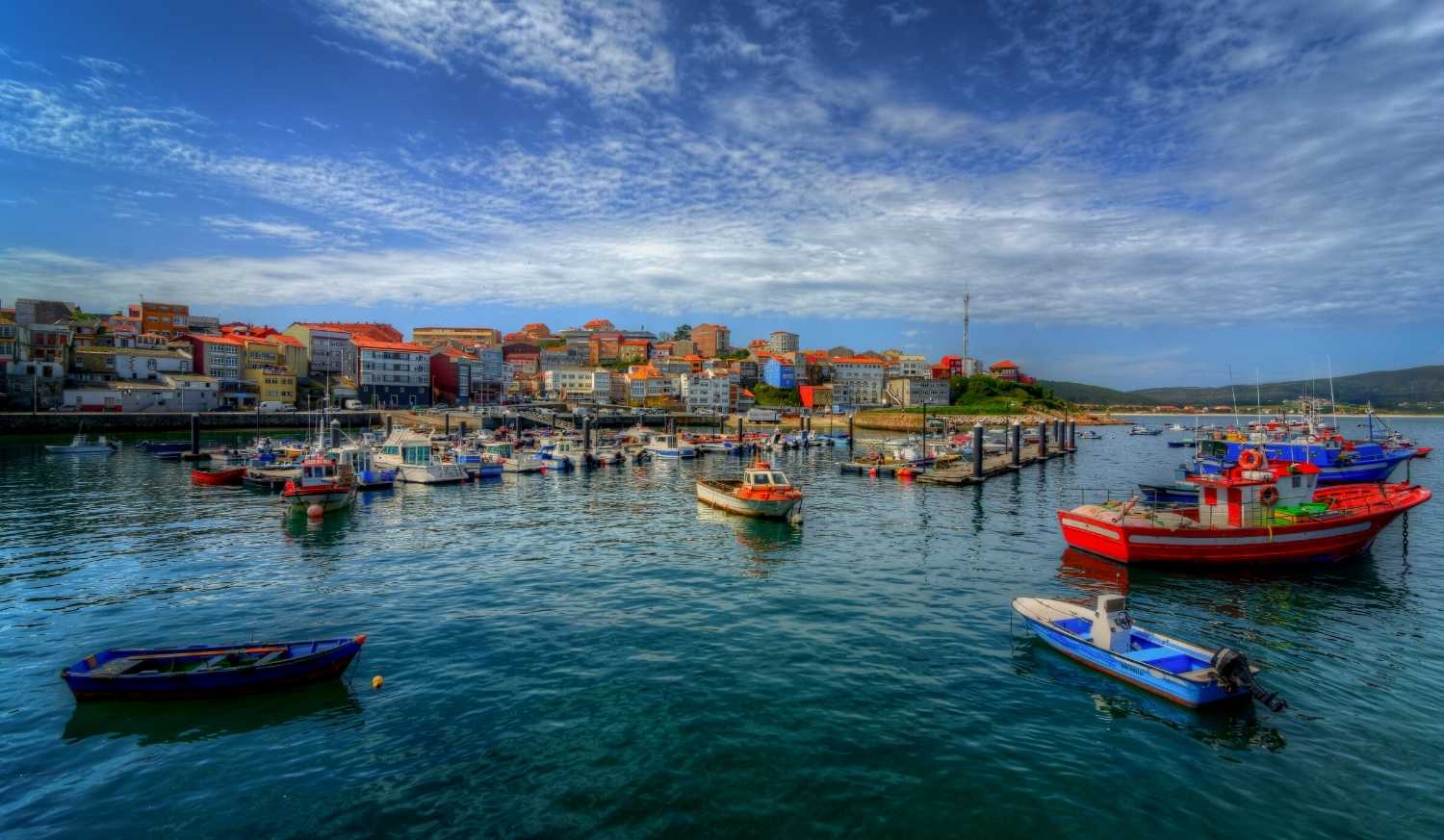


Leave A Comment